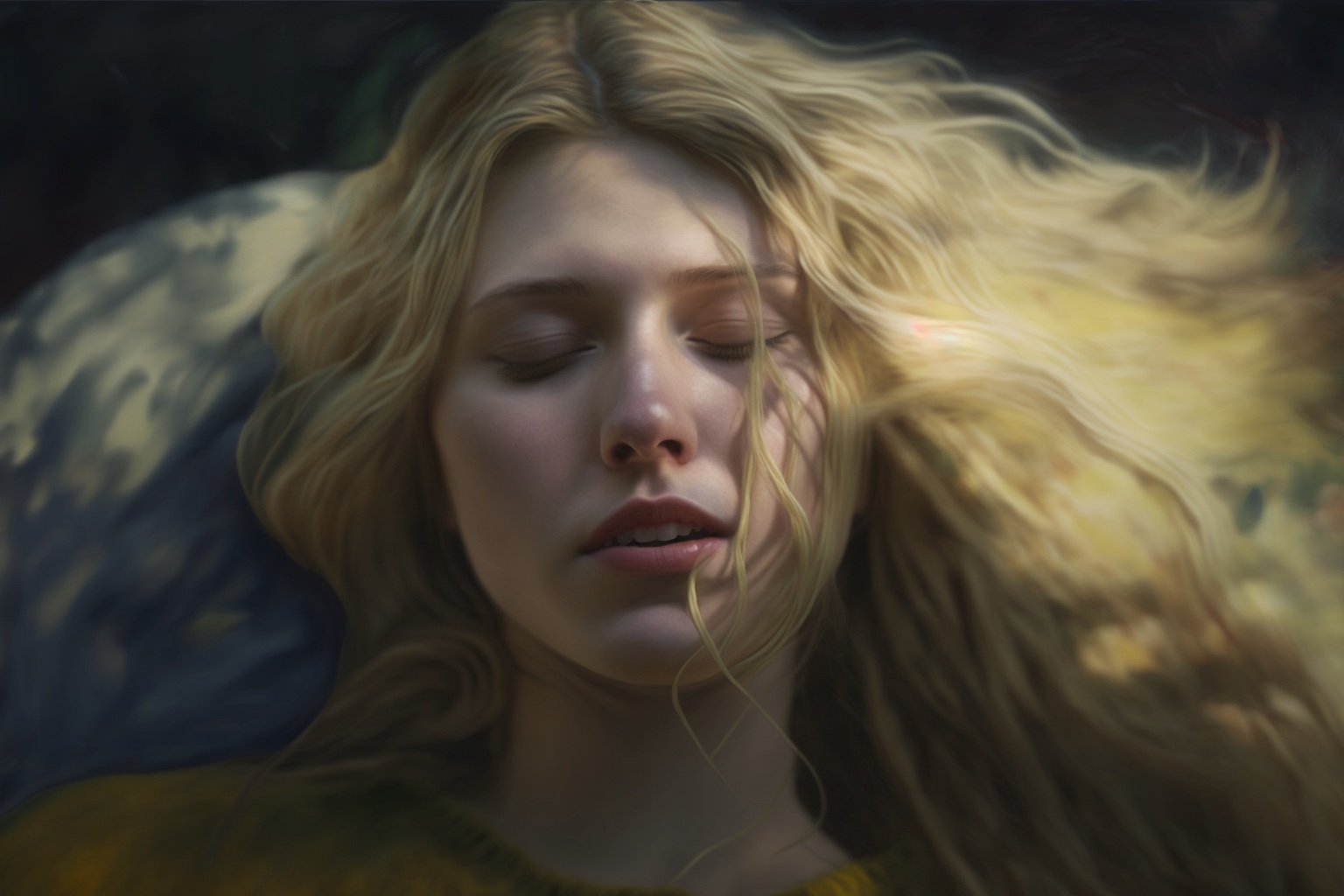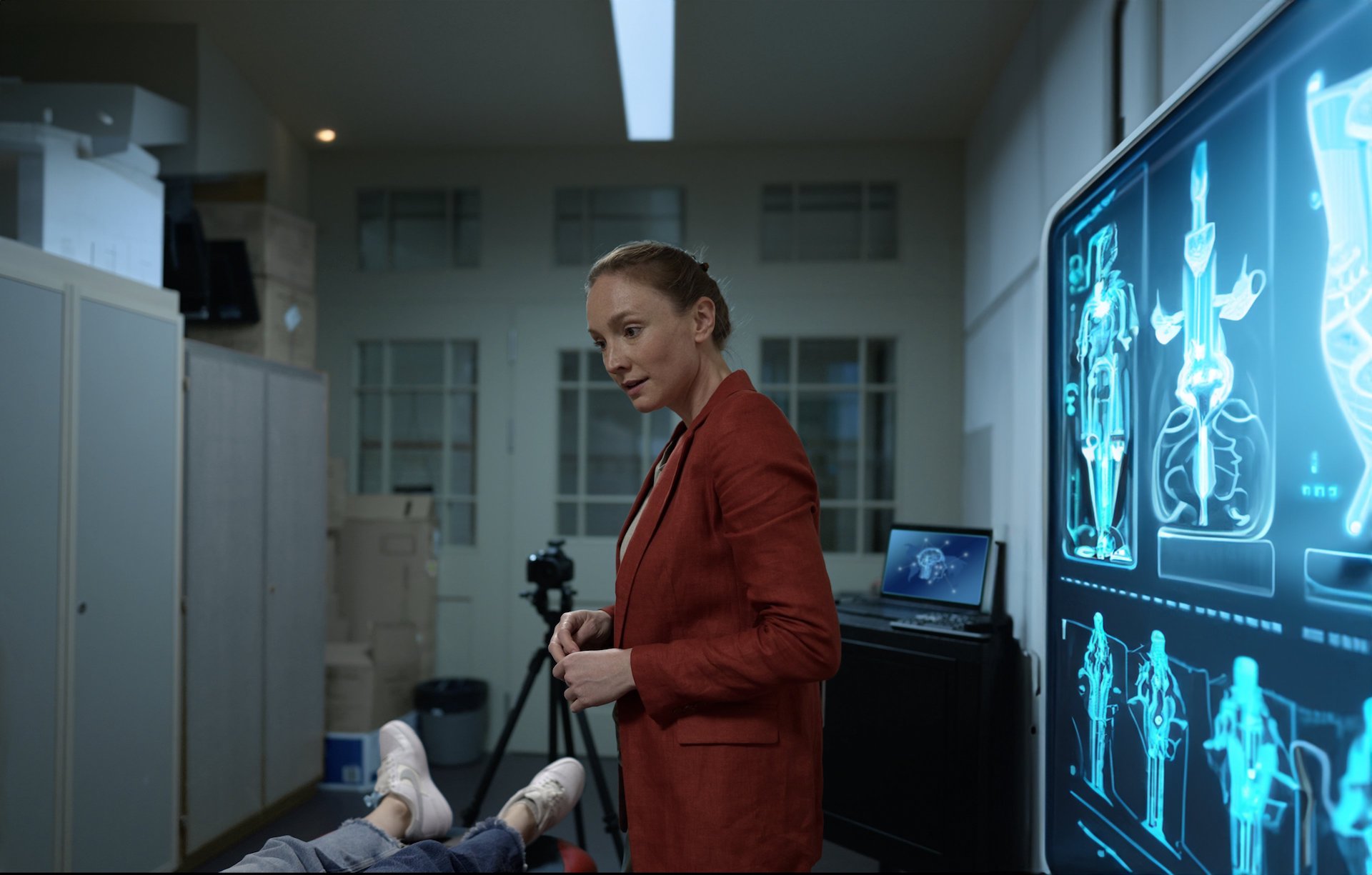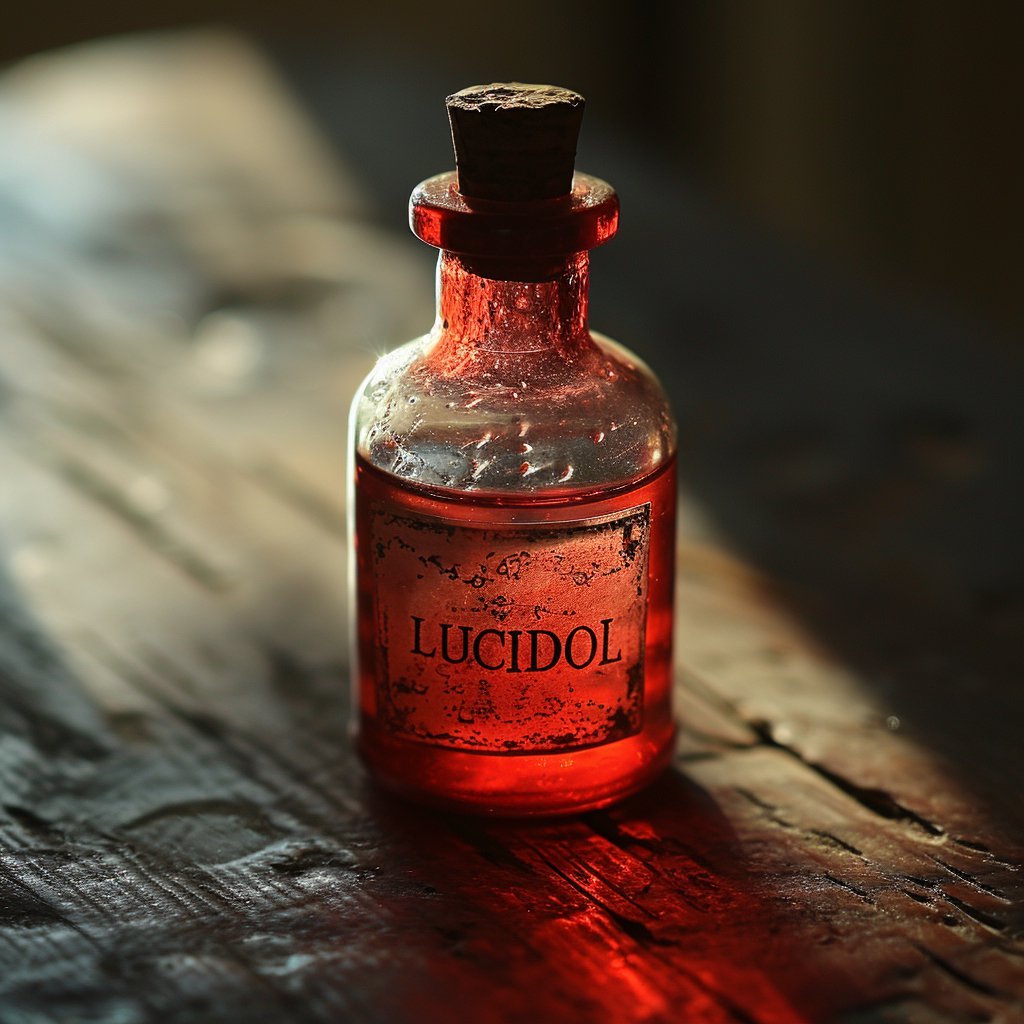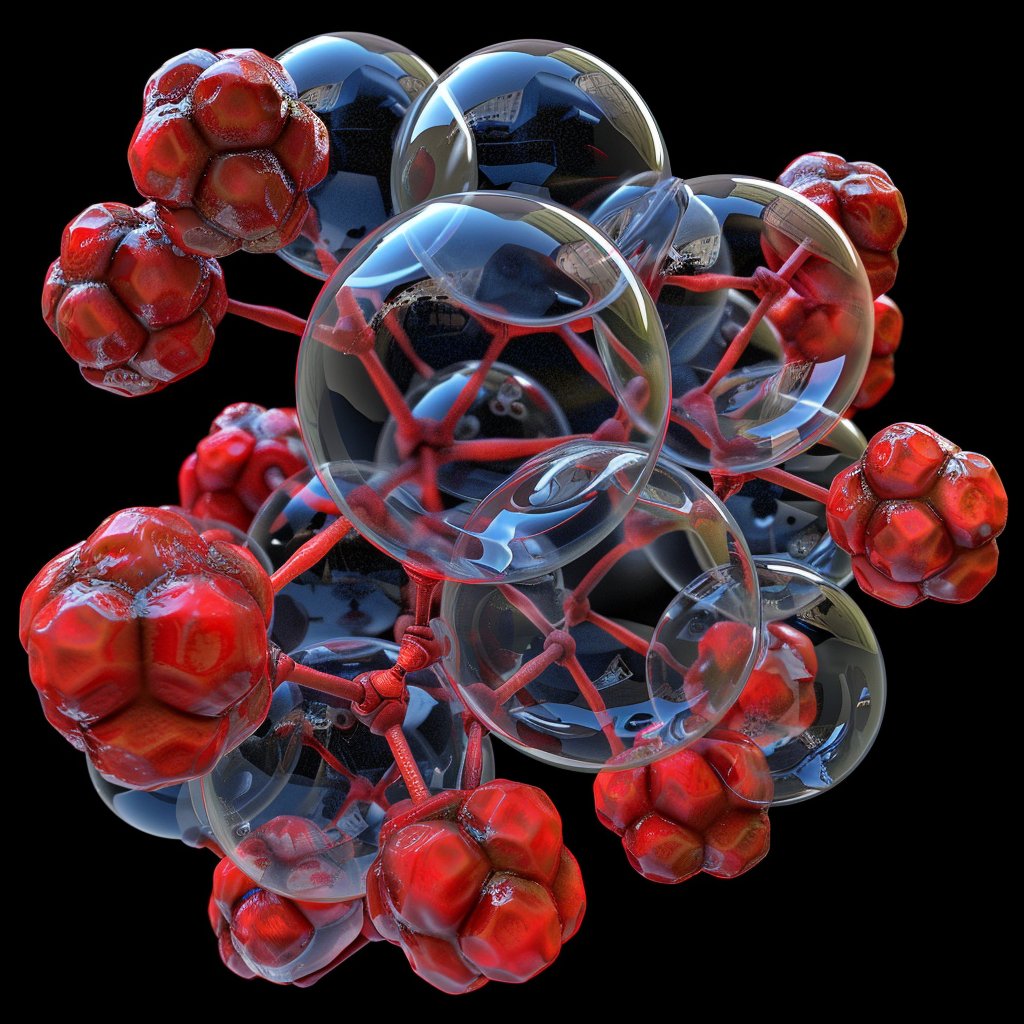KEY TERMS
"The Dreams of Others" immerses its audience in a world where the boundaries of reality and dreams blur. This series is rich with its own lexicon, introducing terms like "Oneironautics," "Rialto Konstrukt," "Red Responders," and "Ebbinghaus Theory."
As viewers navigate through this enthralling narrative, they encounter dreamscapes crafted with such intricacy and depth that they feel tangibly real. But how does "The Dreams of Others" seamlessly integrate these complex concepts into its storyline, ensuring that the audience not only grasps but also connects with these ideas?
The series skillfully weaves its terminology into the plot, making each term a vital piece of the puzzle, essential for understanding the surreal and often mind-bending journeys of its characters. As the story unfolds, viewers find themselves effortlessly absorbing the nuances of this dream-infused world, testament to the show's sophisticated storytelling and world-building.
Oneirodom
The dream cabin. It's a simplification of "Oneirodomatio," and while it's not a traditional Greek word, the roots of "oneiro" and "dom" still carry their original meanings.
Lucidol
Lucidol, a specialized sedative, leverages CNS depressant principles to enhance lucid dream stability, targeting the GABA neurotransmitter for controlled, vivid dreams. Available in liquid, pill, or injector forms, it's a refined version of traditional tranquilizers, tailored for deep dream experiences. Following a complex authorization process, Lucidol was approved by dream research authorities for use by students of Oneironautics. It plays a crucial role in the story, as it becomes subject to misuse and modification.
Tubugan
Tubugan is the unauthorized sedative developed by Prof. Ebbinghaus.
It is designed to enhance and stabilize dreams by interacting with brain microtubules. Targeting the tubulin proteins within these structures, it modulates their vibration and electron-rich areas, amplifying quantum effects and influences consciousness. Tubugan's unique lipophilic properties enable it to effectively cross the blood-brain barrier, ensuring direct interaction with key brain components.
DreamShift
The session, seance of an Oneironaut
Thierstein
The academy where our dream architects learn Oneironautic.
SEEDA DreamGAN
The server farm at the academy which renders the dreams. Actually it generates the dreams. As Jensen Huang CEO of @nvidia said “Every single pixel will be generated soon. Not rendered: generated”
Entry Cot
The foldable black-red cot students use for their first dream experiences.
Root
Represents the central individual whose subconscious is the source and setting of the shared dream. The Root's mental and emotional state fundamentally shapes the dreamscape's narrative and environment, distinguishing them from other dream participants who interact within the dream.
Joggler
Maja's totem. A push-toy with green coat and silly, dancing balls. Used to call Kastor, the dreamguard of the Wedekind family.



